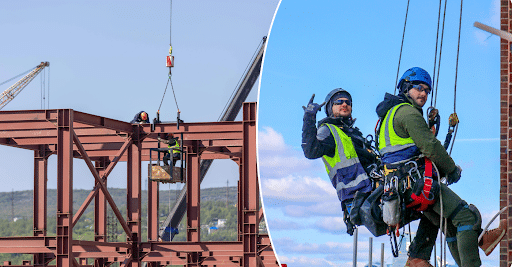A backyard court can transform your outdoor space into a hub of activity and enjoyment for the entire family. A dedicated recreational space at home adds versatility and value to your property. It’s a place to stay active, entertain guests, and enjoy outdoor fun without leaving your yard.
While installing a backyard court might seem complex, the process can be straightforward with proper planning and guidance. Here’s a step-by-step look at what it takes to bring your vision to life.
Table of Contents
Planning Your Backyard Court
A successful backyard court starts with a solid plan. Consider these key factors:
Space and Layout: Measure the available area to determine how much space you have for the court and any surrounding features like seating, fencing, or landscaping.
Purpose: Decide on the type of court you want, such as basketball, pickleball, or a multi-sport setup. Your choice will influence the design, surface material, and layout.
Surface Material Options: Popular surface materials include concrete, synthetic turf, and modular tiles. Each option offers unique benefits depending on the intended use and aesthetic preferences.
Consulting professionals during the planning phase can help you maximize your space while ensuring the design meets your specific goals.
Materials and Customization
The materials and customization options you choose can elevate your court and enhance its functionality.
Materials for Construction: Concrete offers durability and longevity, making it a popular choice. Synthetic turf provides a softer surface suited for tennis or pickleball, while modular tiles are easy to install and maintain, offering great traction for various activities.
Customization Options: Personalize your court with markings for specific sports, unique designs, or even custom logos. Features like weatherproofing and durable coatings ensure the court remains in excellent condition over time.
Professionals can guide you through material selection and customization to ensure a cohesive and practical design.
Steps to Build a Backyard Court
With your plan and materials ready, the construction process can begin. Here’s an overview of the key steps:
Site Preparation: Clear and level the area by removing debris and ensuring a smooth, even surface.
Foundation: Lay the foundation based on your chosen surface material. For concrete courts, this involves pouring and smoothing the base. Other materials like modular tiles or turf may require a prepared base layer.
Court Surface Installation: Install the court surface. Concrete is poured and finished, while modular tiles or turf are carefully placed to ensure durability and performance.
Final Touches: Add finishing details, such as court markings, nets, lighting, or landscaping.
Common Mistakes to Avoid
Neglecting to consider maintenance requirements can lead to early deterioration. Avoid materials or designs that require more upkeep than you’re prepared to handle. Additionally, skipping protective coatings or weatherproofing will reduce the court’s lifespan.
While DIY may seem cost-effective, it can lead to uneven surfaces, structural problems, or safety issues if not done correctly. Without proper knowledge of grading, material installation, and court design, mistakes can become costly to fix.
Trying to fit too much into a small area can result in a cramped or poorly functioning court. Avoid overloading the design with unnecessary features that reduce usability.
Neglecting to plan for lighting can limit the court’s usability in the evening or on cloudy days. Similarly, overlooking landscaping can leave the area looking unfinished or cause conflicts between plants and the court over time.
Why Consider Professional Assistance?
Hiring a professional backyard court installation contractor can simplify the process and deliver exceptional results. Professionals bring expertise in design and construction, access to high-quality materials, and knowledge of zoning regulations or HOA guidelines. They also ensure the project is completed efficiently, saving you time and money in the long run.
The Benefits of a Backyard Court
A backyard court offers countless benefits, from encouraging outdoor activity to providing a versatile space for entertaining. With proper planning, quality materials, and expert guidance, creating a backyard court can be a straightforward and rewarding project.
Take the first step today toward building a recreational space that your family will enjoy for years to come.





